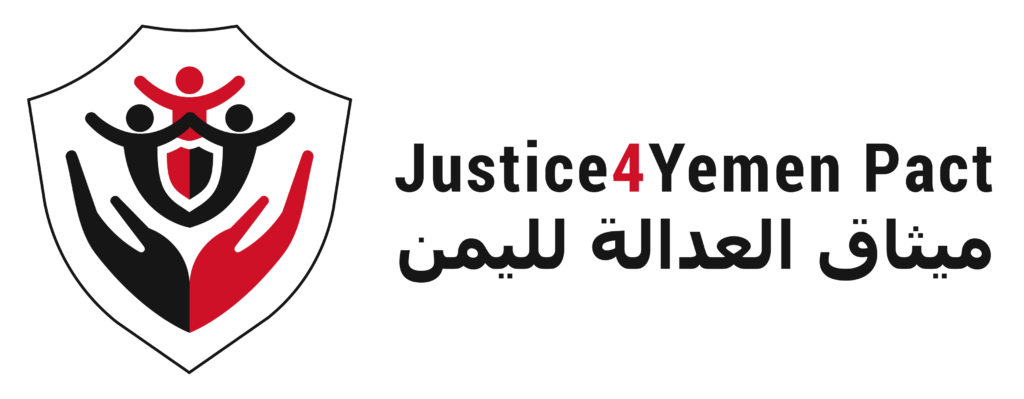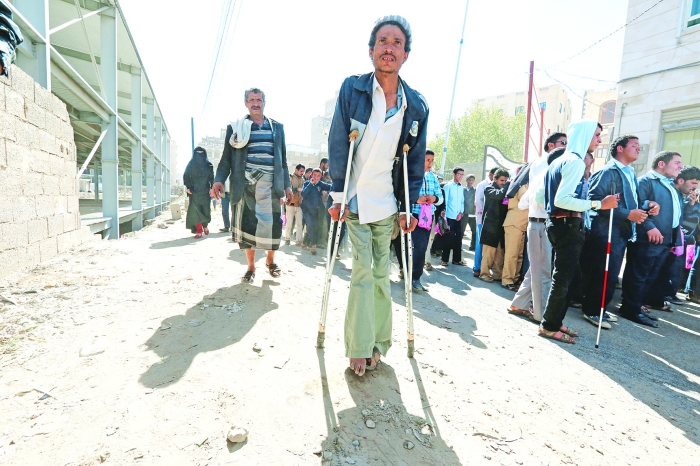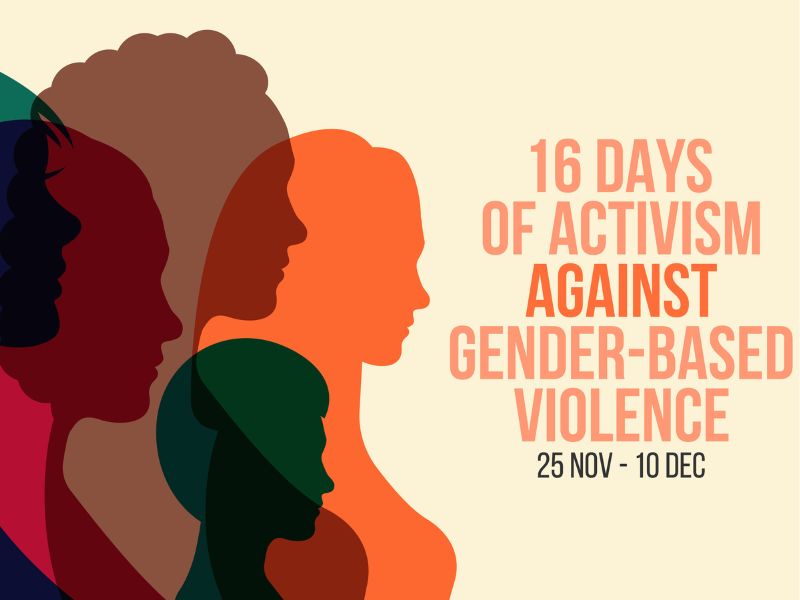The Houthis have received considerable media coverage and international condemnation for their systematic recruitment of child soldiers during the Yemen war. Among other strategies, the Houthi movement has manipulated education to recruit children by altering curricula, holding in-school indoctrination sessions and weapons displays, and organizing mobilizing summer camps. A U.N. panel of experts reported that nearly 2,000 children recruited by the Houthis were killed in combat from January 2020 to May 2021 alone, and the movement continues to recruit children despite signing a pledge with the UN to end the practice in April 2022.
This report profiles two cases of child recruitment drawn from the Rasd Coalition’s database. The first case is Ashraf, a hearing-impaired child who joined the Houthi military at 13 to support his family and for a sense of power and belonging. He was killed in combat in 2022, at 17 years old. The second case is Ahmed, who joined a government military outfit in a support role when he was 14 to provide an income for his family. He is unsure of his future and spoke about his experience in the military with Rasd. Both cases demonstrate the psychological, social, and economic pressures leading to enlistment and the tragedy that can result from children picking up arms.
An Arabic copy can be found at:




